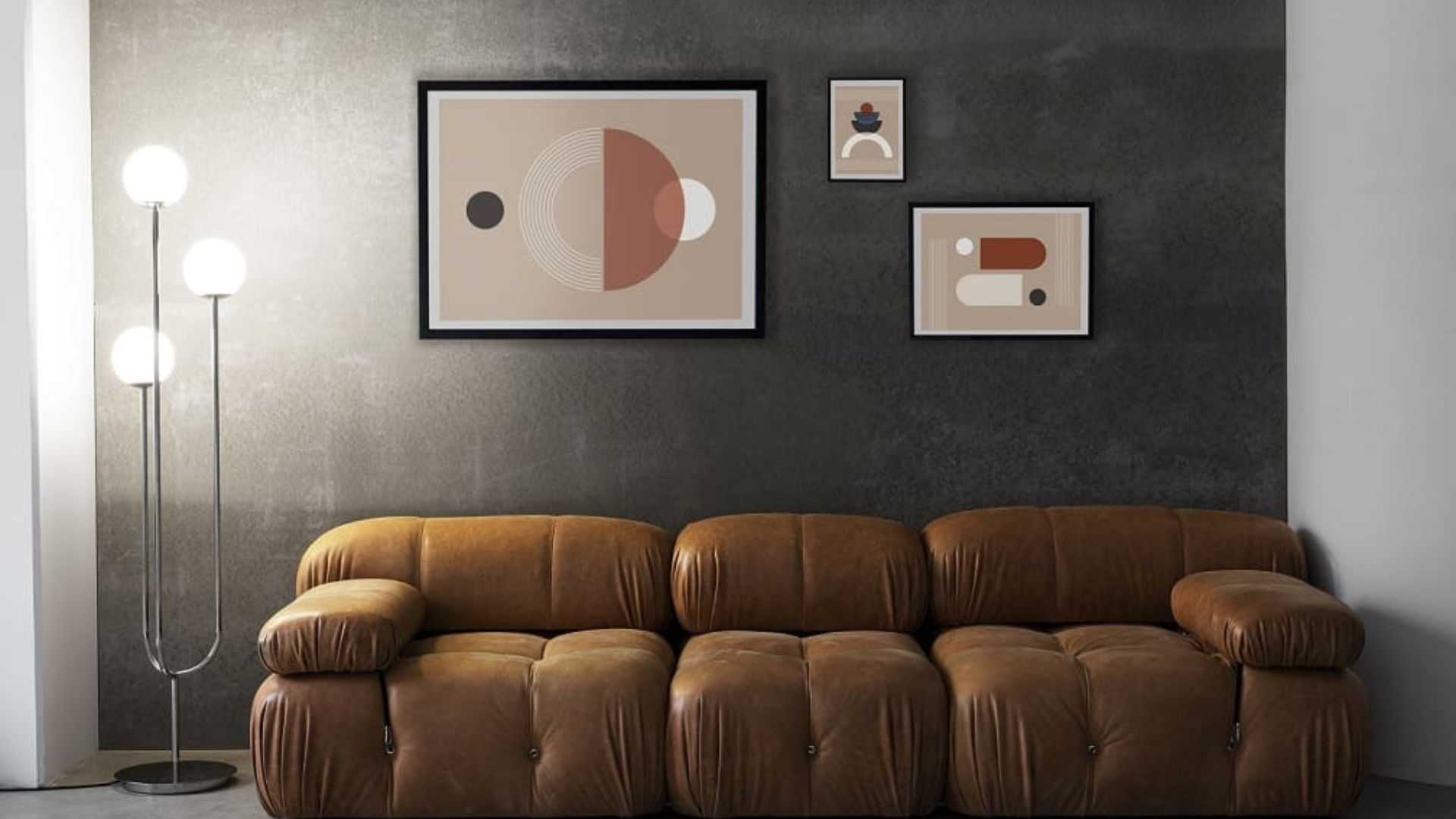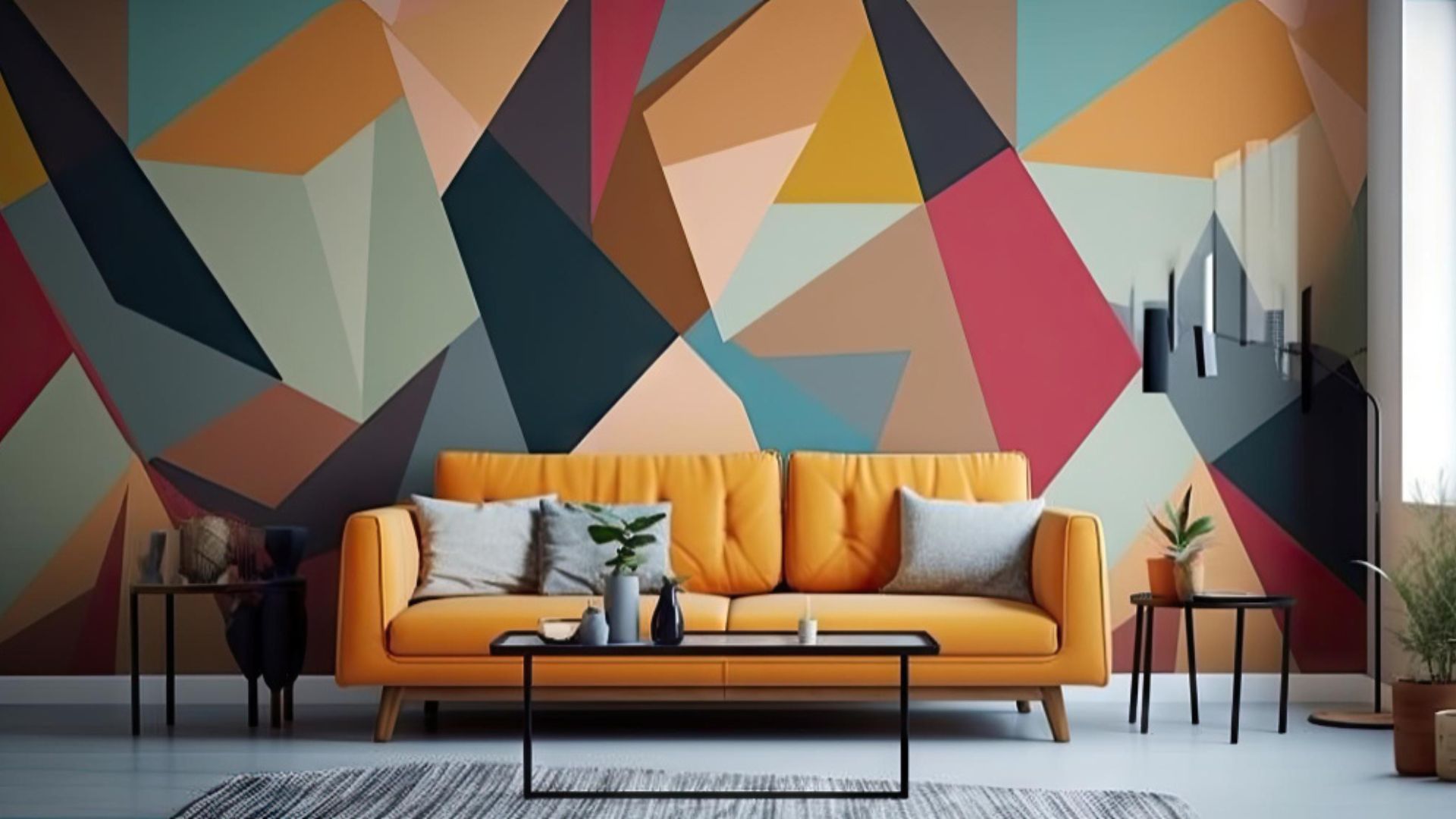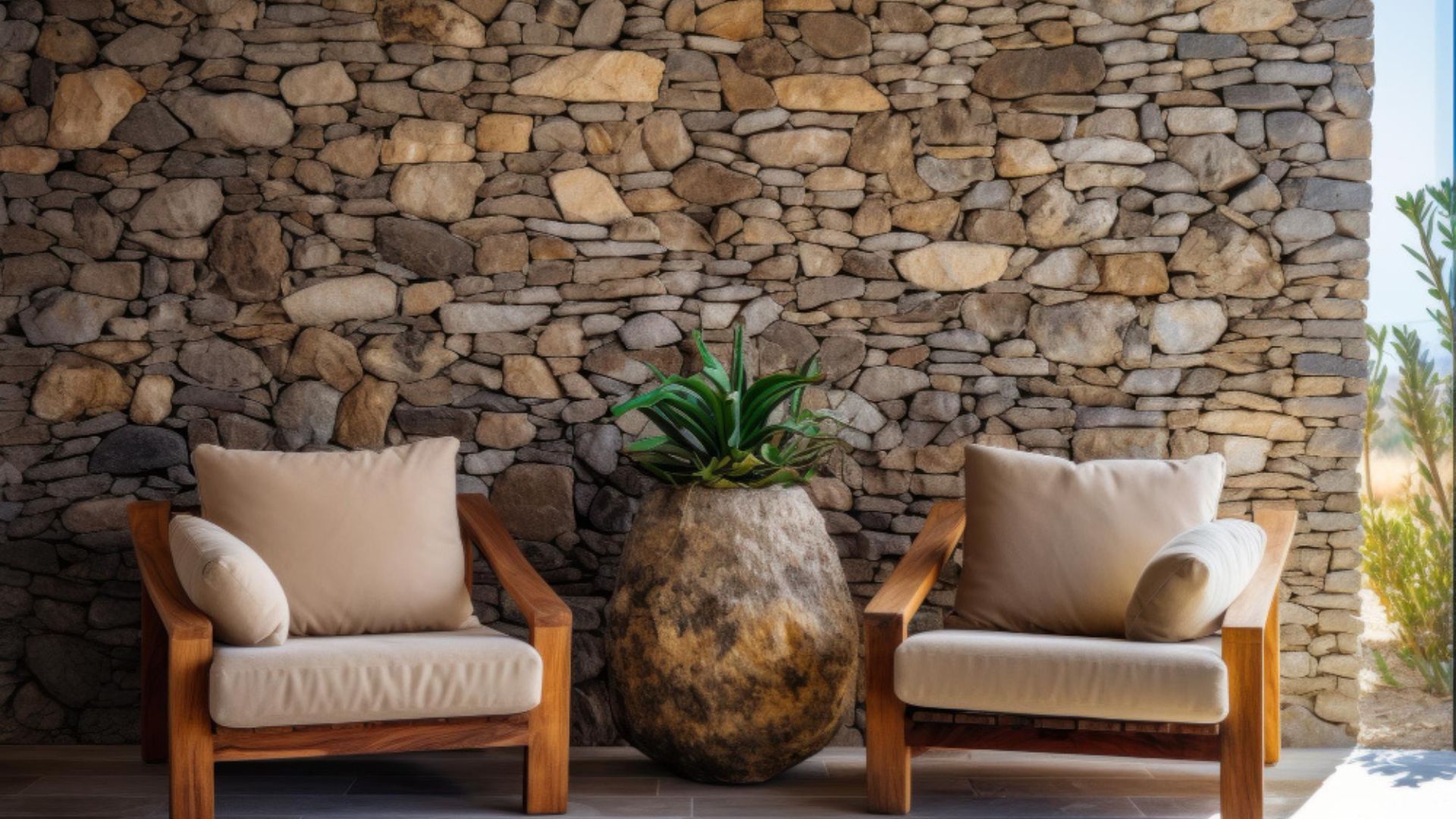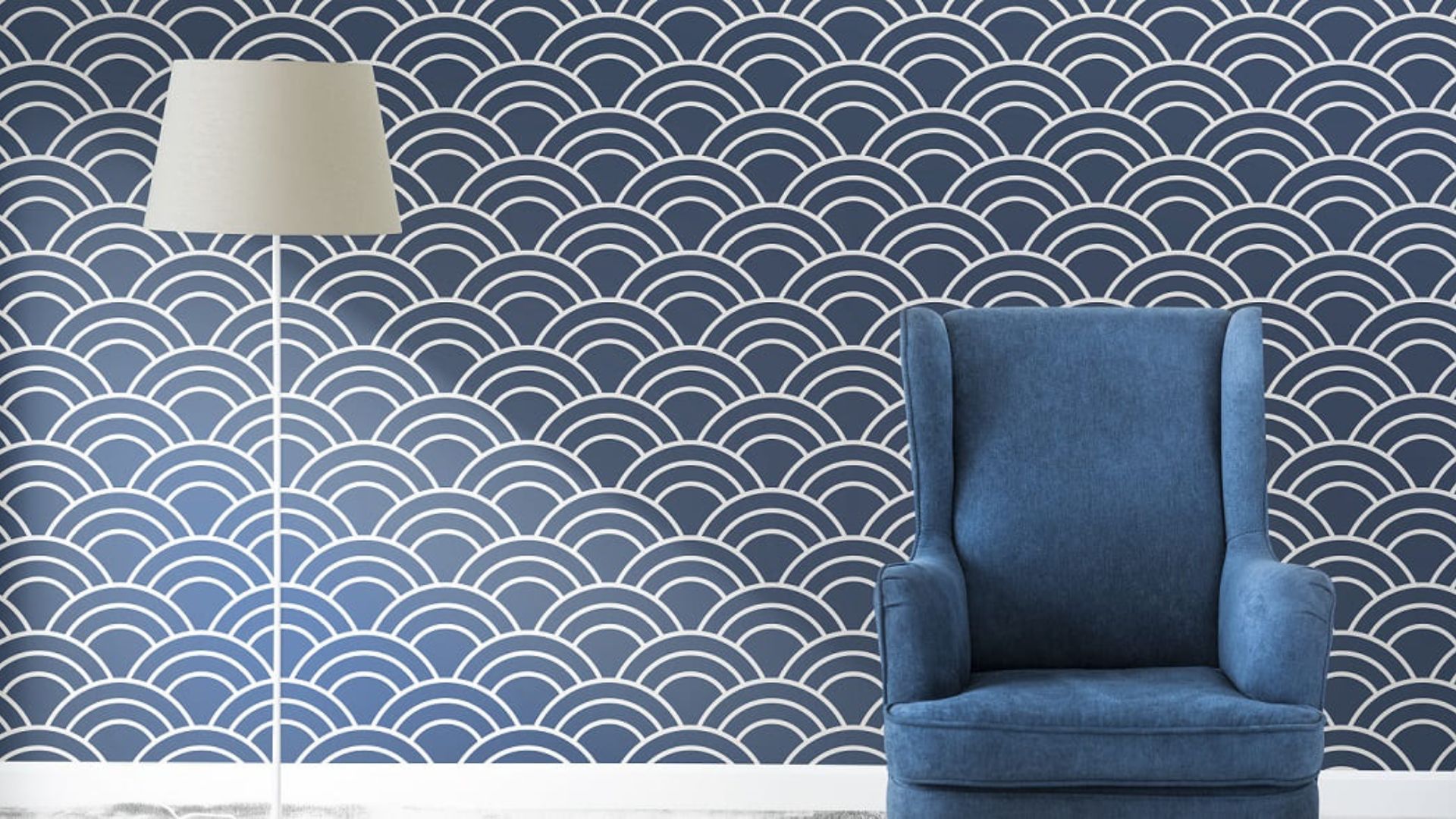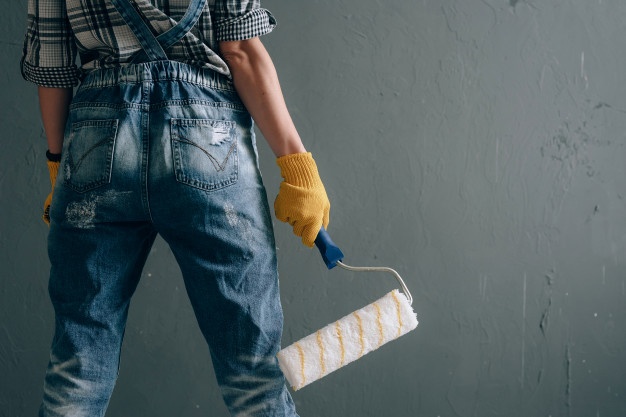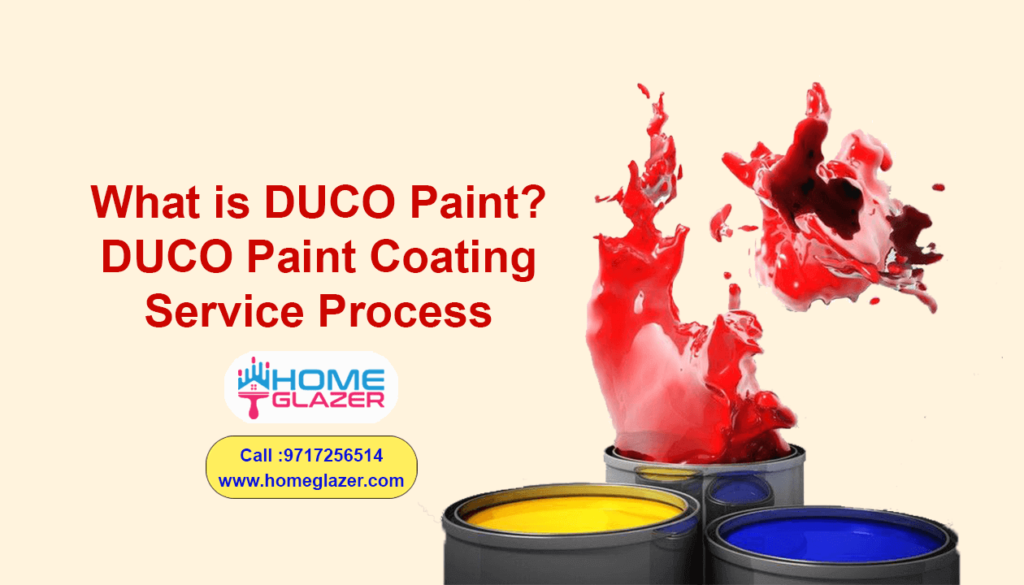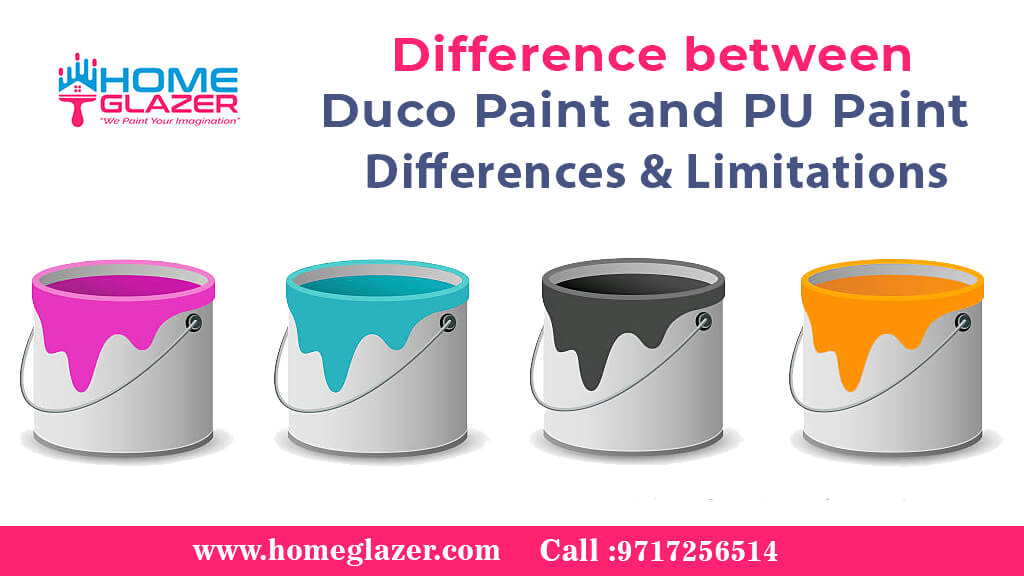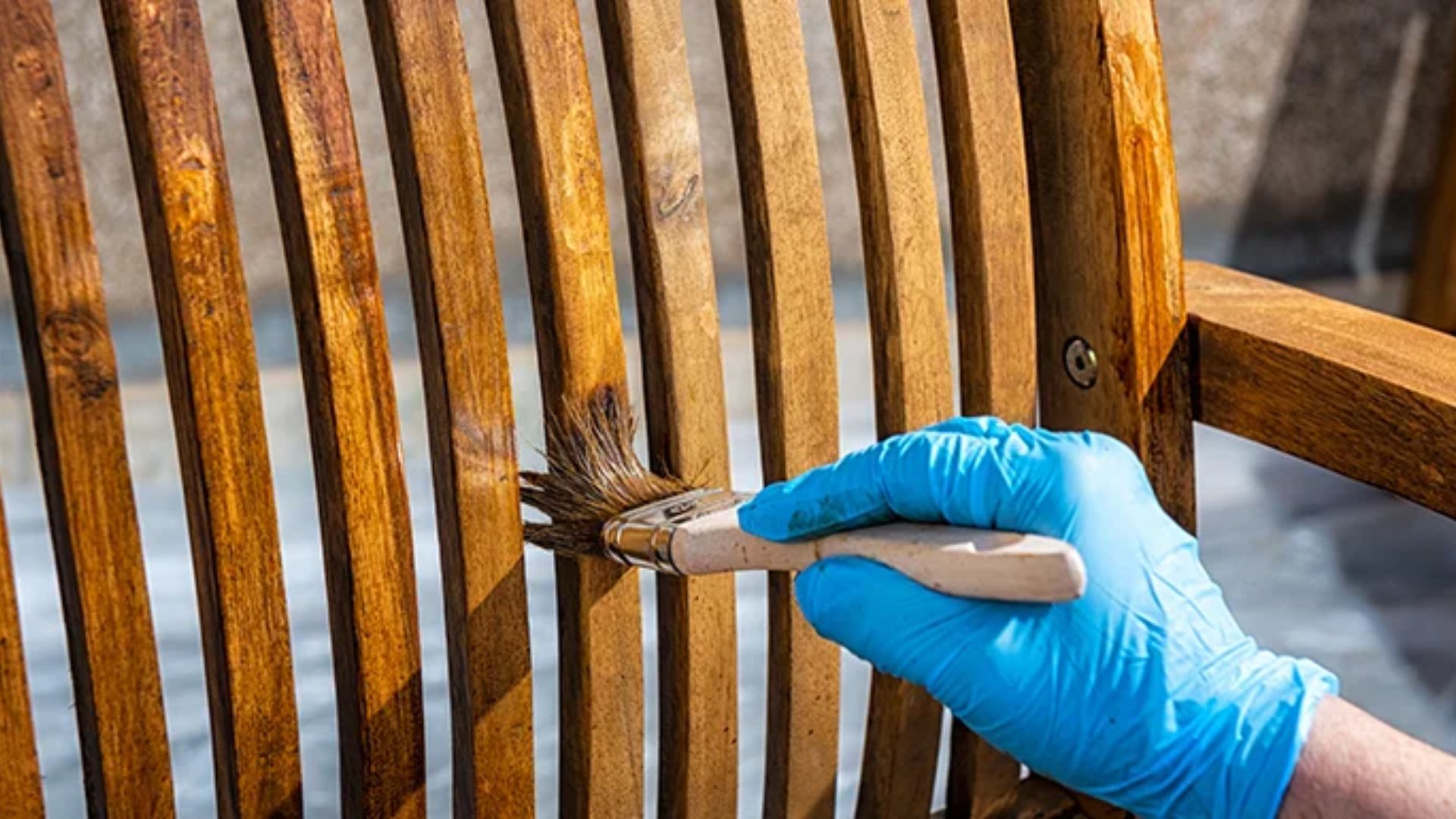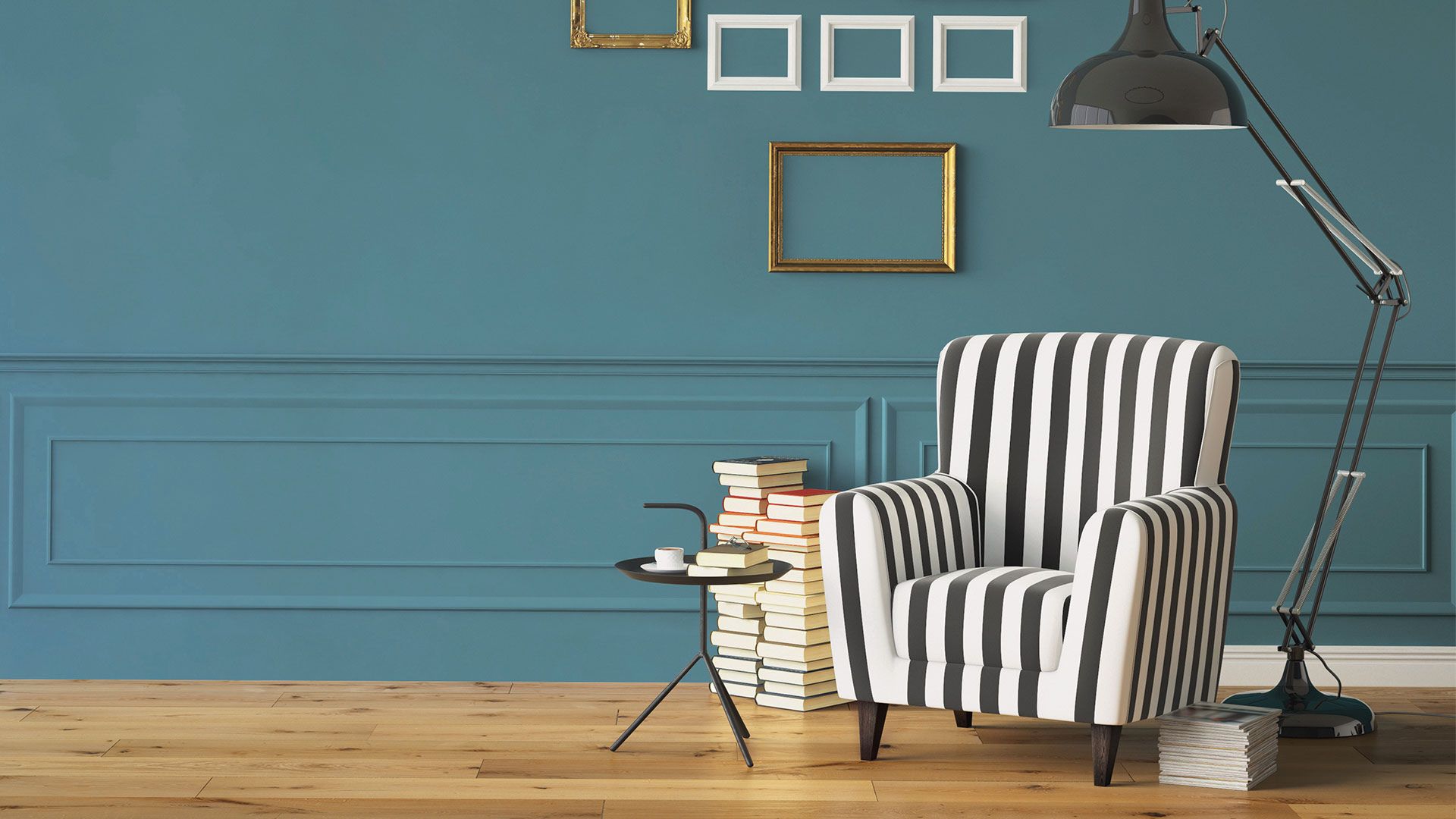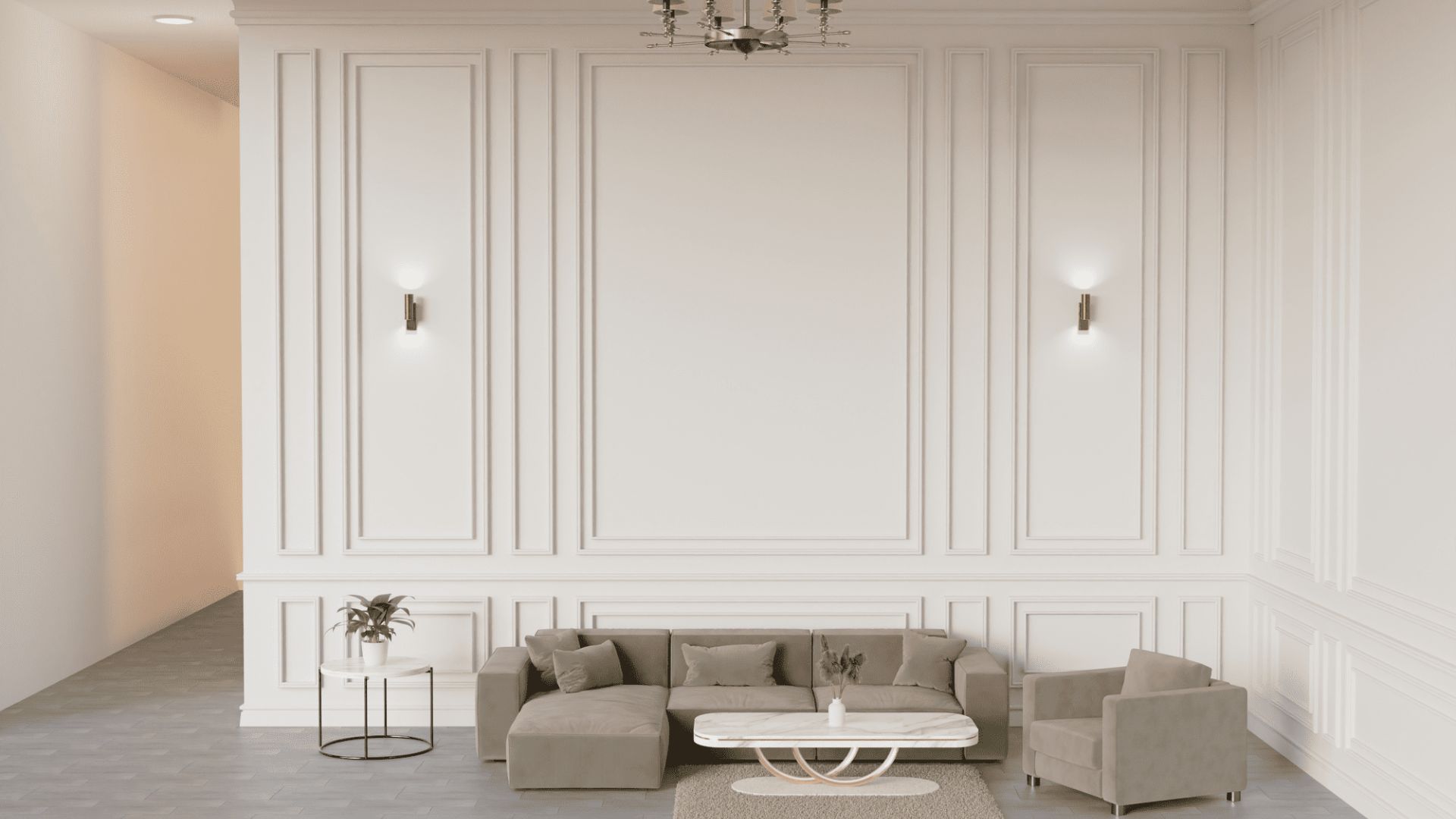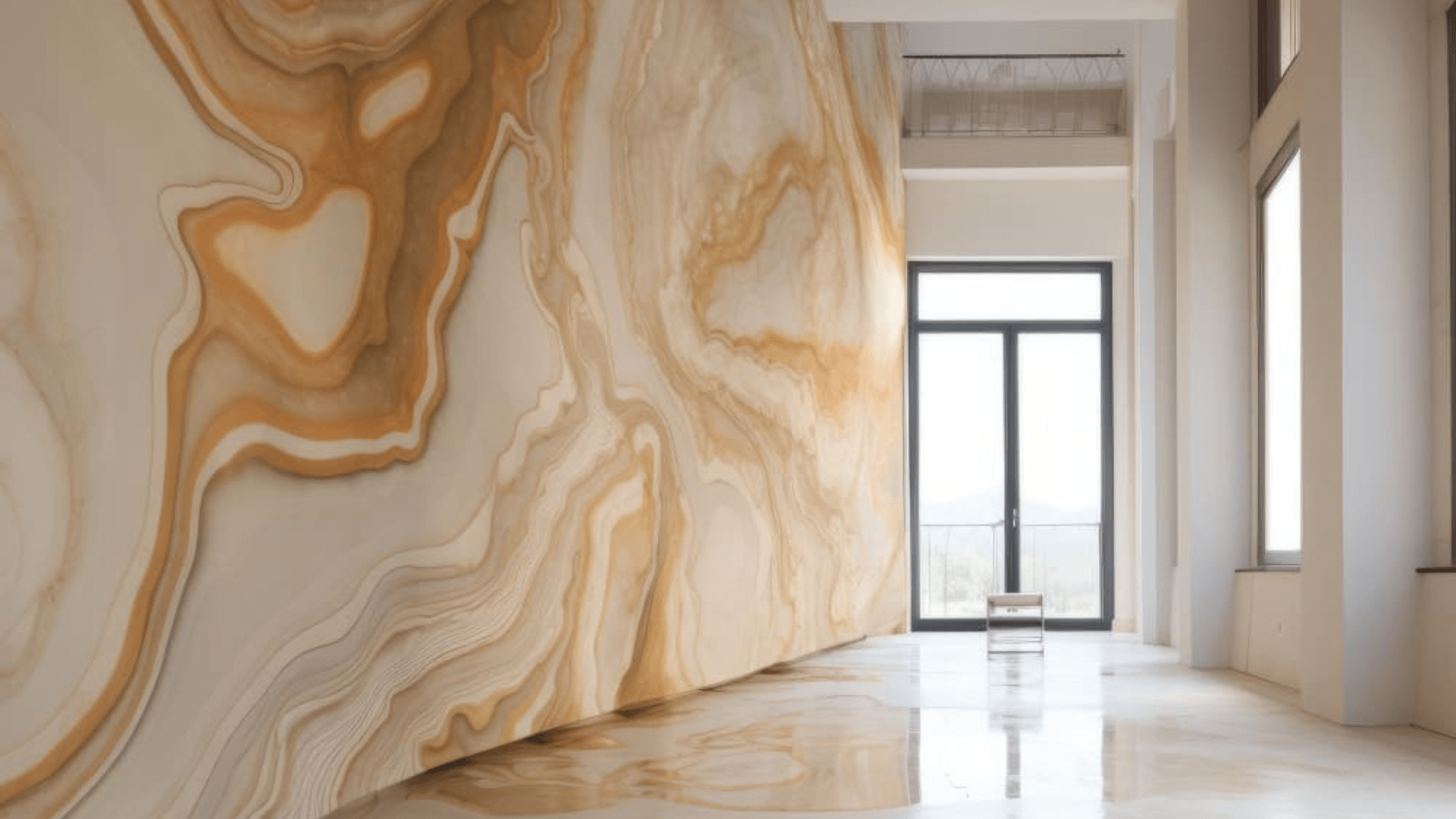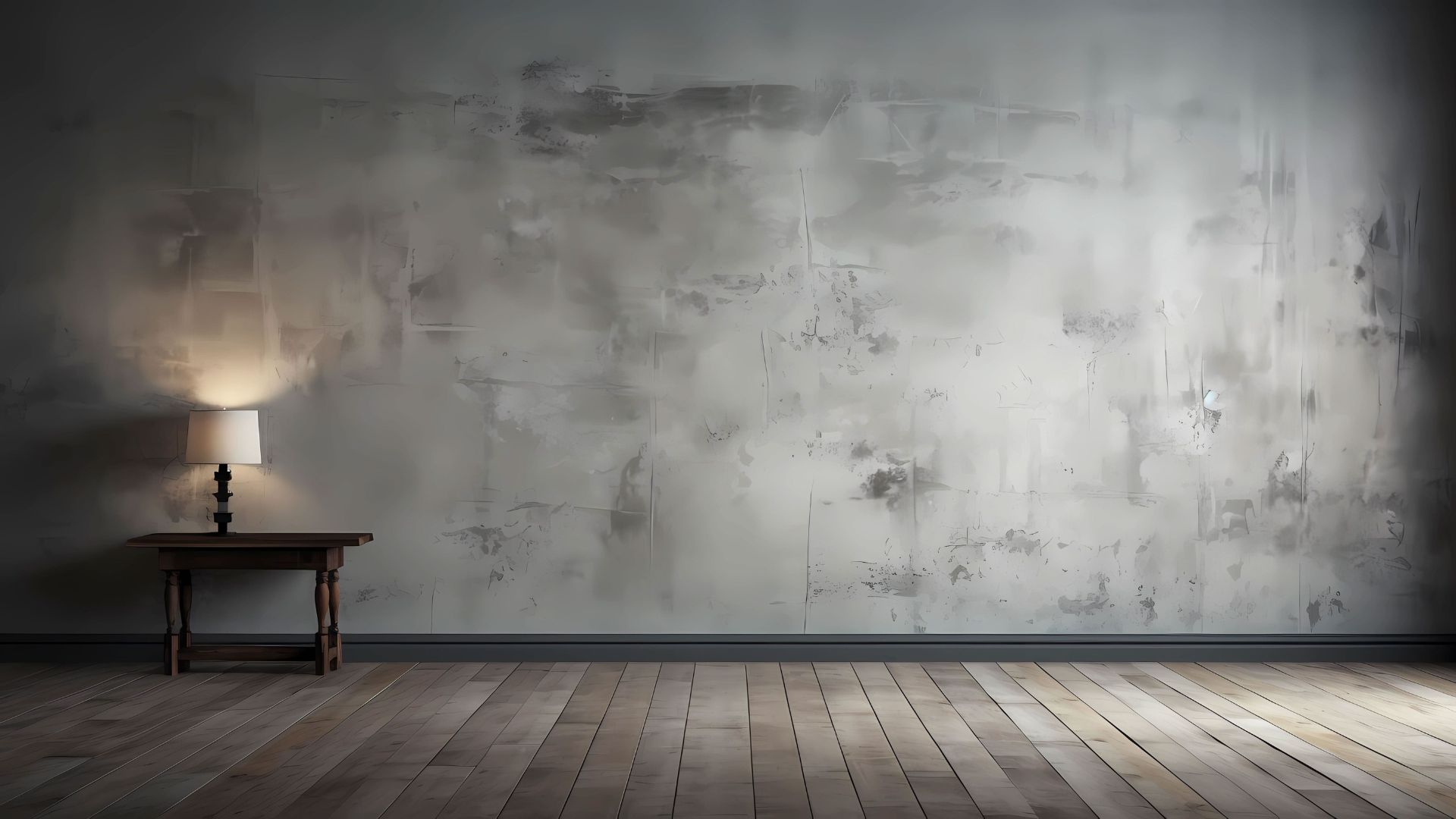Table of Contents
ToggleThe people are loving for their home, using Textured Painting on Walls more and more often to try to add charm, character, and depth to their houses. This decorating technique uses a variety of techniques to produce eye-catching wall patterns, textures, and finishes.
Textured Painting on Walls come in a variety of styles, from rustic to earthy to sleek and modern, and they have the power to completely change the look of any of your space. This covers 10 greatest methods for texturizing walls, which will improve the look of your house.
10 Best Textured Painting Techniques on Walls
- Using sponges to Paint: A sponge is used in Textured Painting on Walls. Soak the sponge first, then select a color—it can be the same color or a different one. To get the desired wall texture design, tap the sponge on a wall. Next, apply the same text all over the wall.
- With rolled rugs: By applying textured paint, the surface can be smoothed using a technique called passion rolling. Then roll a clean cloth or cloth over the prepared area into the intended shape and dip into the glaze or paint mixture
- Mixing: Combing is a unique type of linear patterns and ridges produced by Textured Painting on Walls. After painting a thick layer on the wall, use a drywall knife or wallpaper smoother to rake through the joint texture paint. This will create patterns and grooves.
- Stenciling: The best way to draw texture is to use a stencil. To add images and patterns to walls or other surfaces to create a textured feel. This will give you a stunning design on your walls. You’ll have an amazing design on your walls with this. Looking for more services check out here.
- Color Washing: This method is excellent. After deciding on the hue, you pick the shades you wish to mix in with it. Paint the wall with a base coat first. After that, use a sponge to apply diluted paint or glaze over the base coat. If you use an overlapping pattern when applying the glaze, some of the base color will still show through. The depth of this approach, which can be tailored with various color combinations, is beneficial for every room.
- Venetian Plaster: Italy is the birthplace of the opulent, finely textured Venetian plaster finish. So using a trowel, each layer of colored plaster is applied to the wall in x number of coats to achieve a smooth, marble-like texture. Venetian plaster comes in a variety of hues and textures that can be applied, from glossy and modern to rough and worn.
- Limewash: A classic method for applying Textured Painting on Walls, limewash produces a soft, chalky finish with a faint, uneven texture. To get this effect, dilute lime putty with water and use a brush or rag to apply it to the wall. You can use pigments to color the limewash or leave it the off-white color it naturally is. This method works well for either a clean, beachy look or a rustic, farmhouse-inspired style.
- Stamping: Using the innovative and entertaining method of stamping, you may make unique patterns and designs for your walls. Apply paint on a variety of textural stamps (carved blocks, rubber stamps, etc.) and use them to press the paint onto the wall. You can add depth and intrigue by layering different stamp textures and colors, or you can make random or repetitive patterns.
- Crackling: Apply a base coat of paint first, and then a glaze or crackle medium on top. After the crackling material has set, paint a top layer in a color that contrasts. As the top coat dries, it will peel and split, revealing the base color underneath in an erratic pattern.
- Faux Finishes: There are numerous Textured Painting on Walls techniques that may be applied to walls to improve the appearance of natural materials like concrete, stone, or wood. Creating realistic, three-dimensional finishes is a standard procedure that involves layering paints, glazing, and texturing materials. Popular faux finishes that give any area a very elegant appeal are wood graining, marbling, and concrete or plaster impressions. Textured Painting on Walls is one of the most flexible and creative methods to add depth, charm, and uniqueness to your living rooms. There are many ways to turn your walls into works of art with these above techniques, regardless of your preference for a dramatic, finish or a delicate, organic texture. so Try out various mediums and approaches to discover the ideal textured wall painting design that expresses your individual preferences and ideas.
FAQ:
1.What supplies are needed to paint walls with texture?
Common tools and supplies include paint, glaze, sponges, rags, combs, stencils plaster, crackling medium, brushes, rollers, and trowels.
2.How should a wall be prepped for textured painting?
Preparation steps include sanding the surface, cleaning and wash the wall, filling up any gaps or cracks, and applying primer and the base coat.
3. Can you paint pre-painted objects on the wall?
Yes, it can be done on pre-painted walls if the walls have been properly repaired by sanding the old paint and applying a base coat.
Related Posts
- 5 Reason Why Texture Paint Costs More Than Normal PaintA texture paint costs more than normal paint, but why ? This blog answers you why is texture paint costlier in the market?
- 5 Important Points to Look Into Texture Painting ProfessionalAre Scrolling your social feed for aesthetic texture wall painting? Well, before you decide you must consult a Texture Painting Professional. It will… Read more: 5 Important Points to Look Into Texture Painting Professional
- 5 Latest Texture Design That Elevate Your HomeHave you been scrolling social feed endlessly to find a perfect texture design for your home? Still can’t decide a textured design for… Read more: 5 Latest Texture Design That Elevate Your Home
- 6 Trending Texture Design for Living RoomLooking for trending wall texture for the living room , but do not know what will suit your home, don’t worry we have… Read more: 6 Trending Texture Design for Living Room
- 10 Best Textured Painting Techniques on WallsThe people are loving for their home, using Textured Painting on Walls more and more often to try to add charm, character, and… Read more: 10 Best Textured Painting Techniques on Walls
- 6 Best Ways Oikos Texture Paint Can Upgrade Your InteriorAre you little and weary of staring at your house’s boring, flat walls? Oikos texture paint could be the answer you’ve been looking… Read more: 6 Best Ways Oikos Texture Paint Can Upgrade Your Interior



